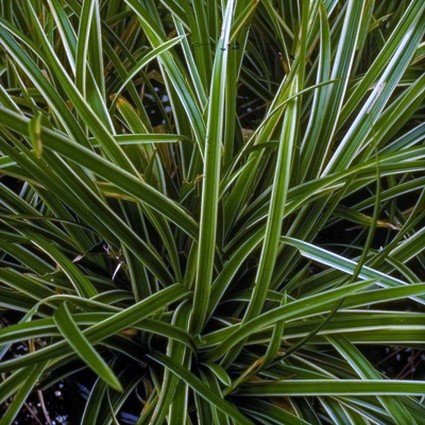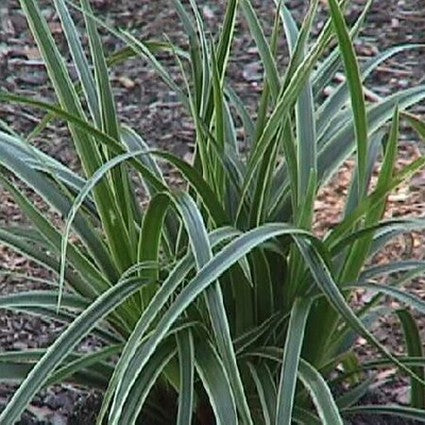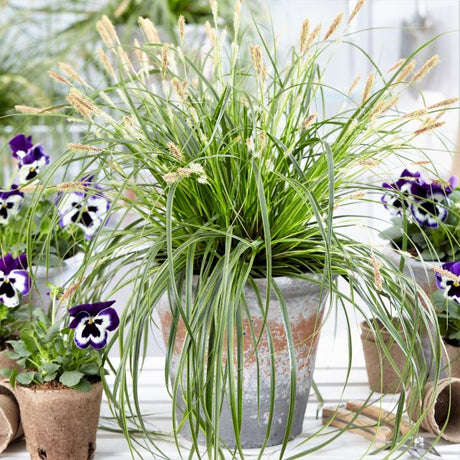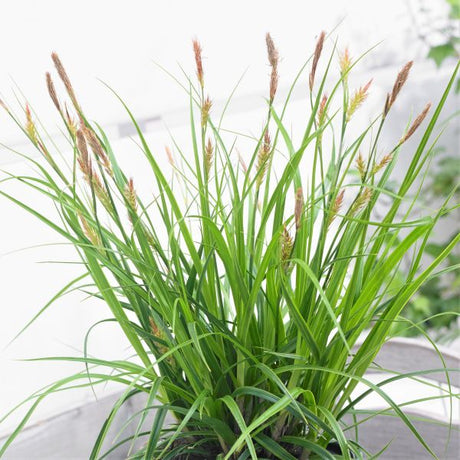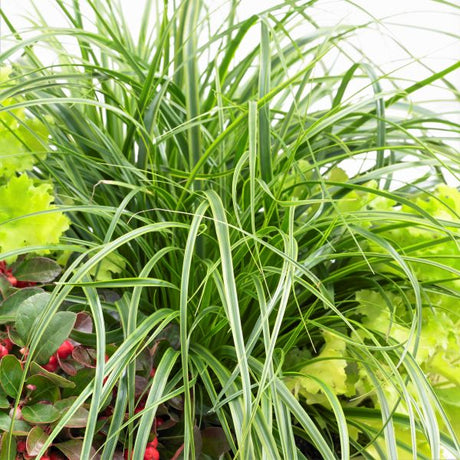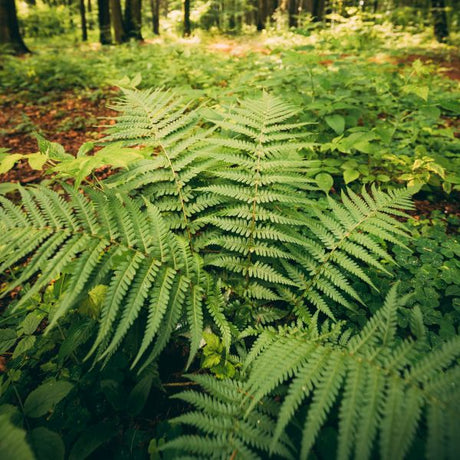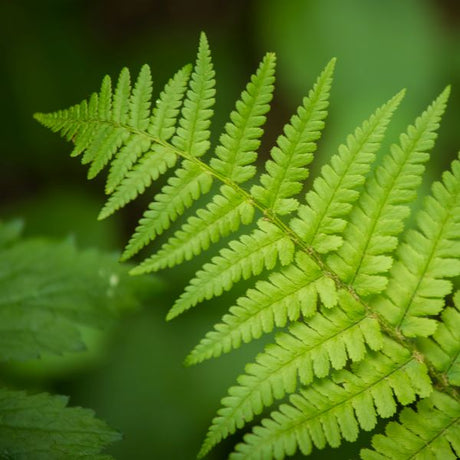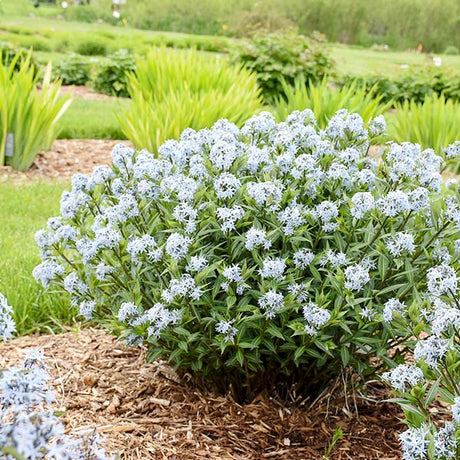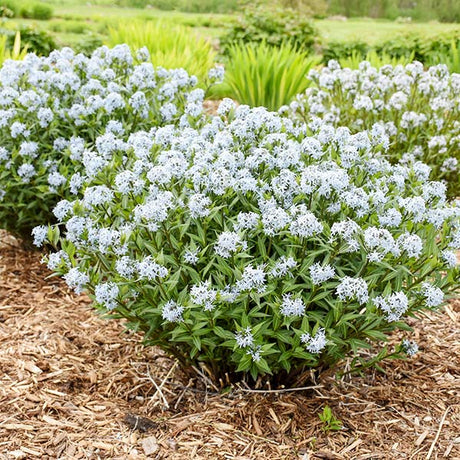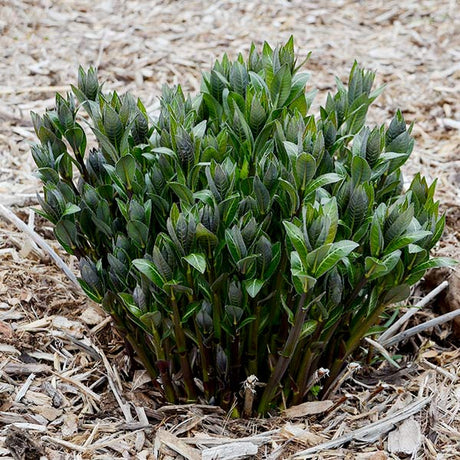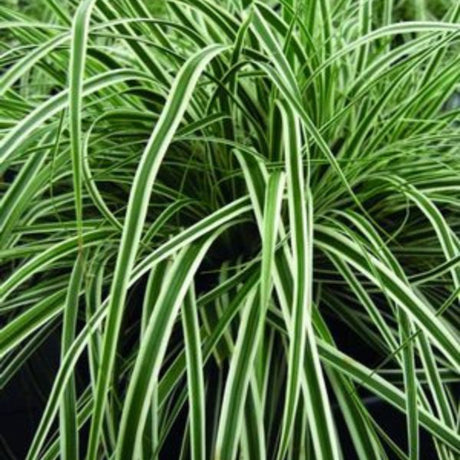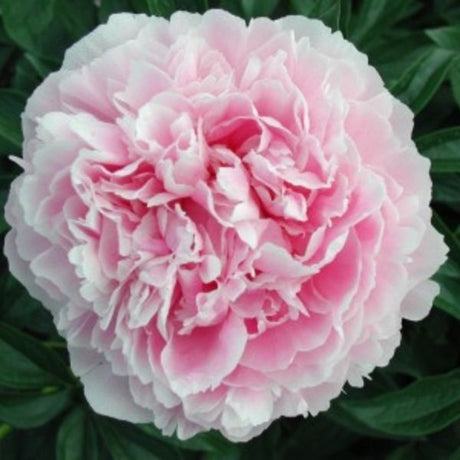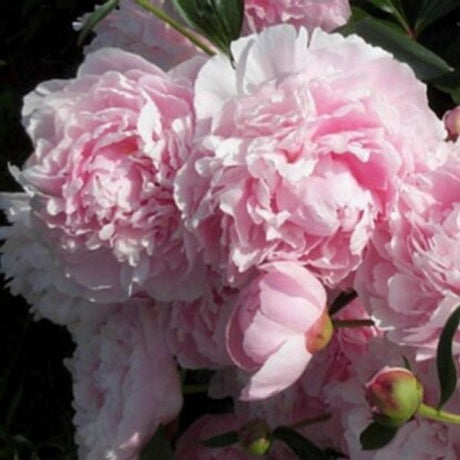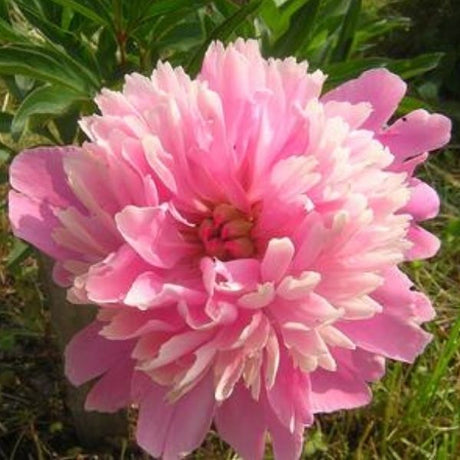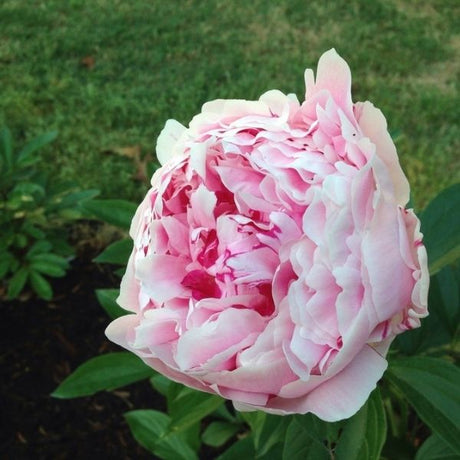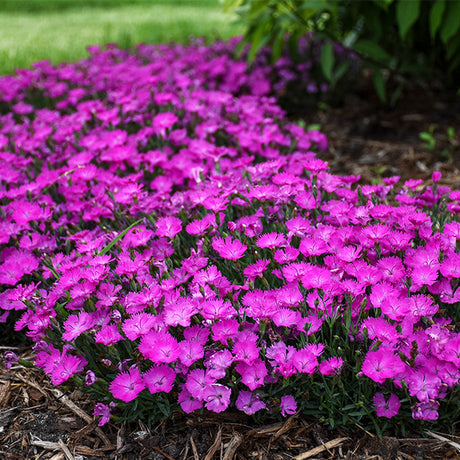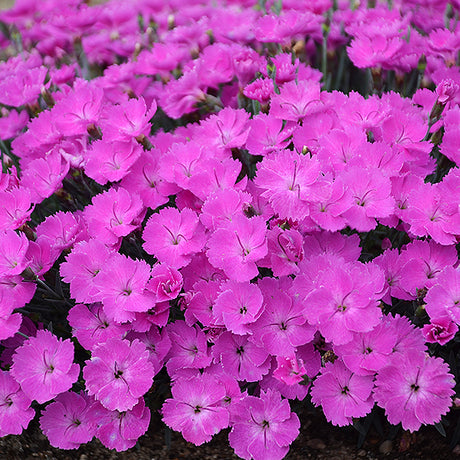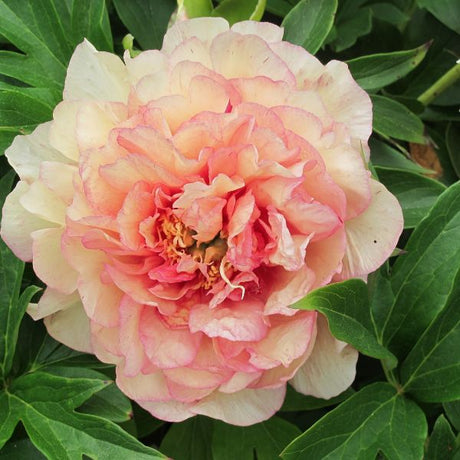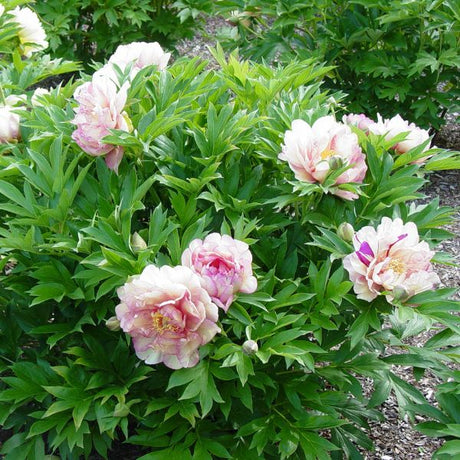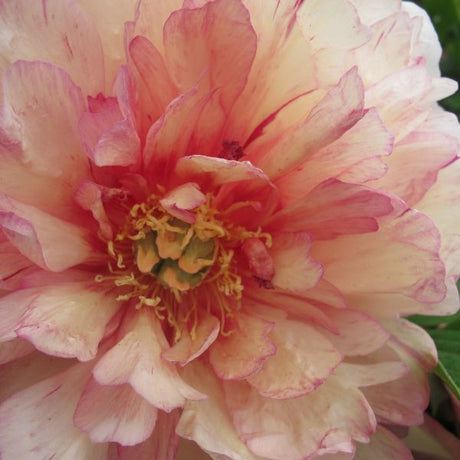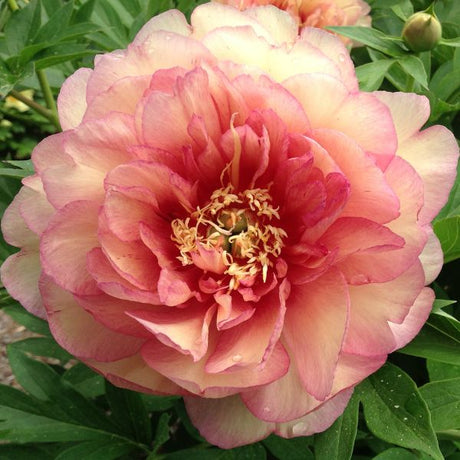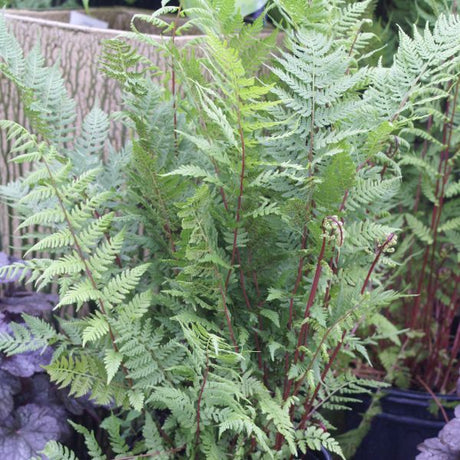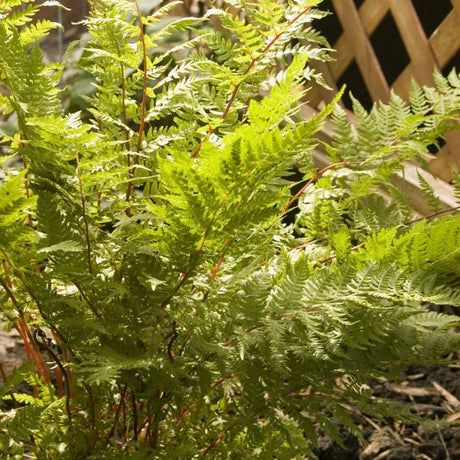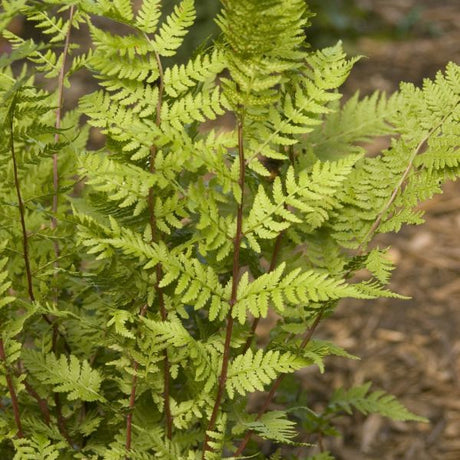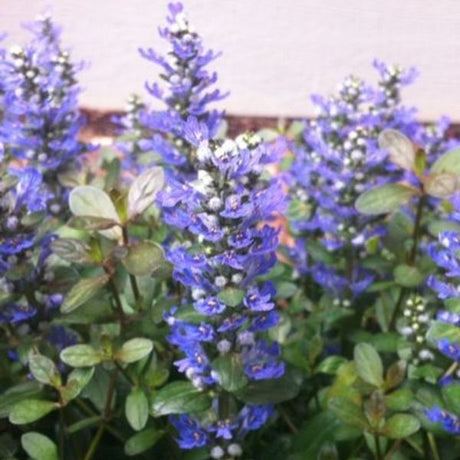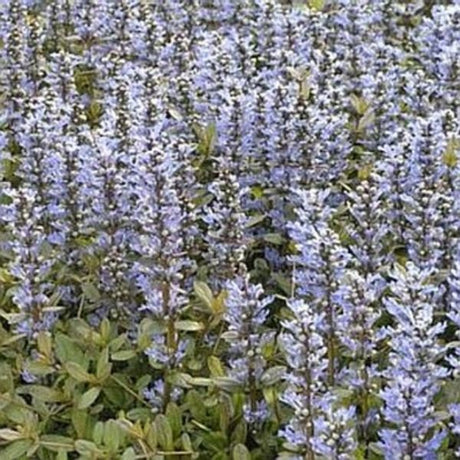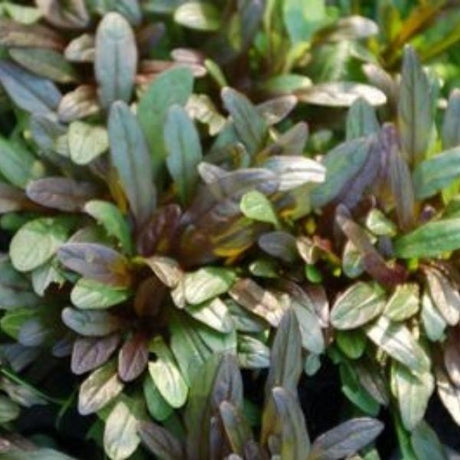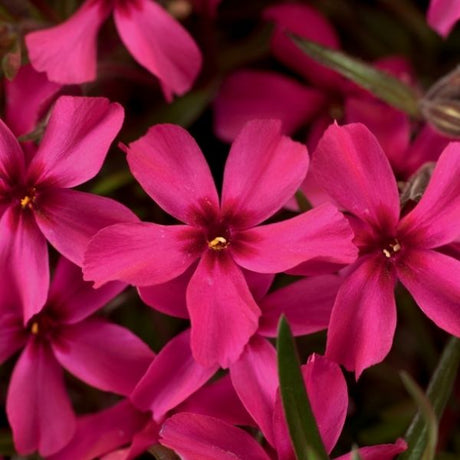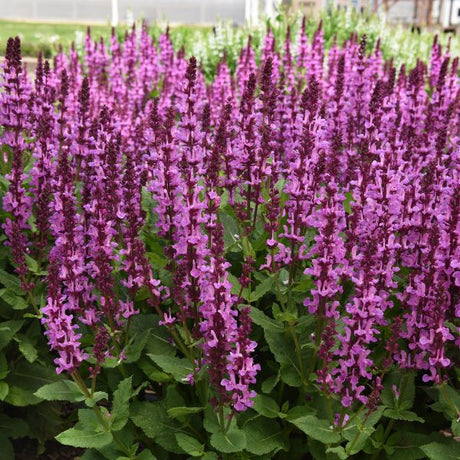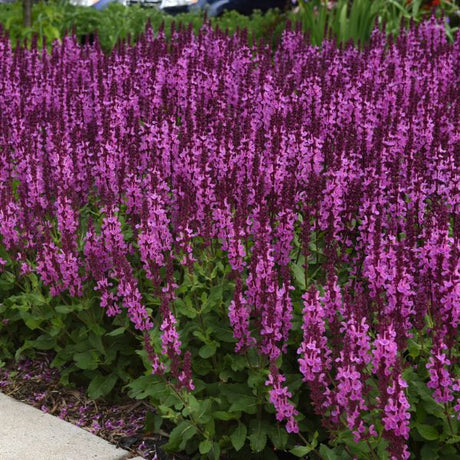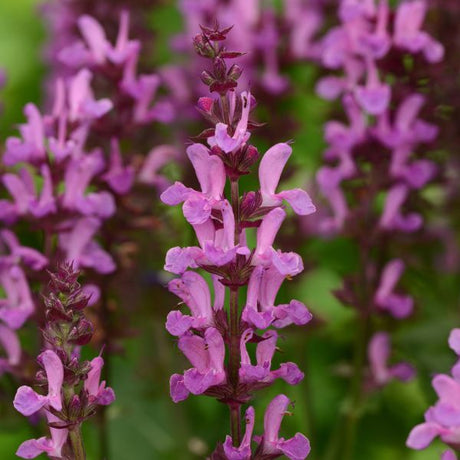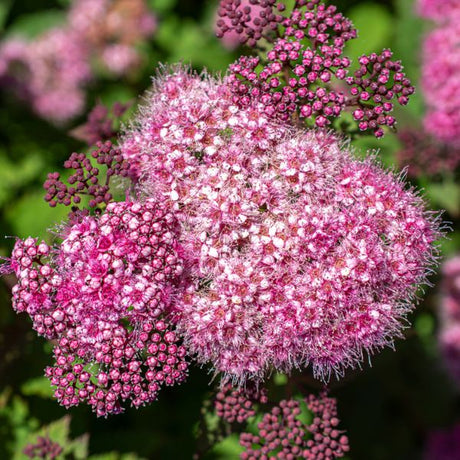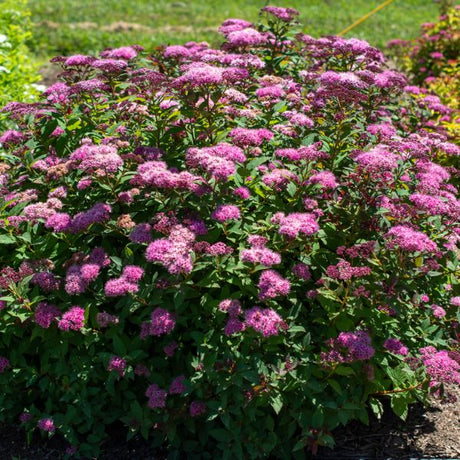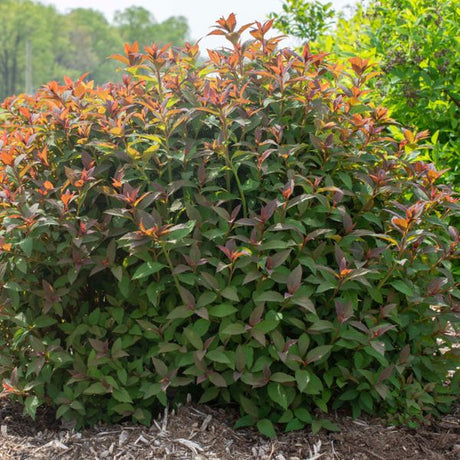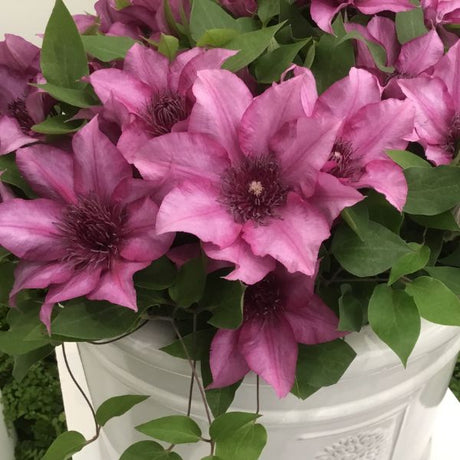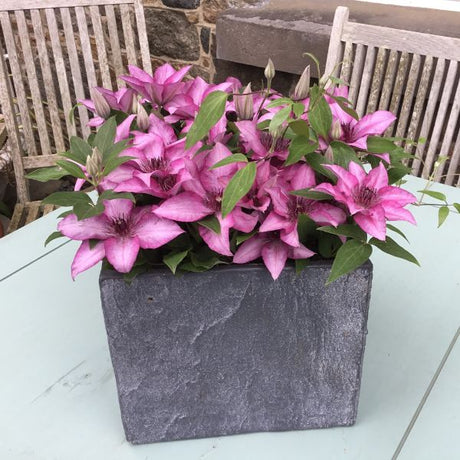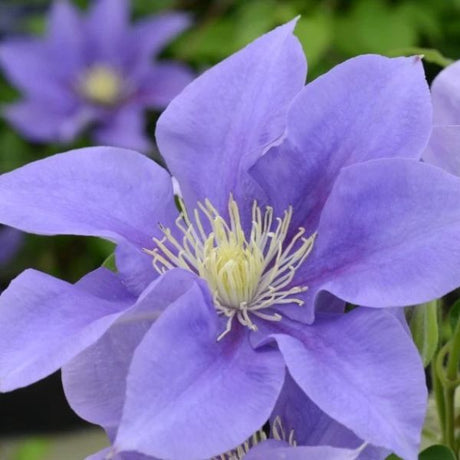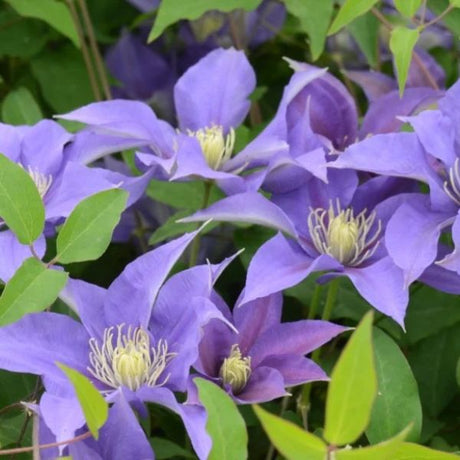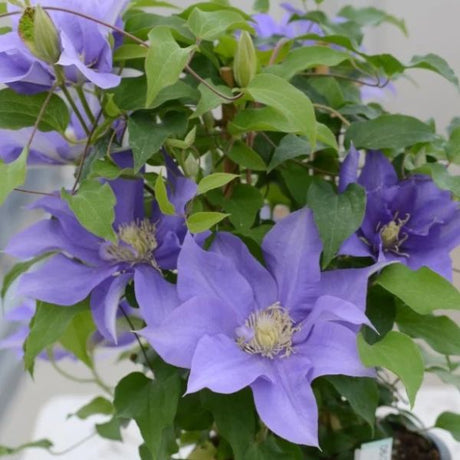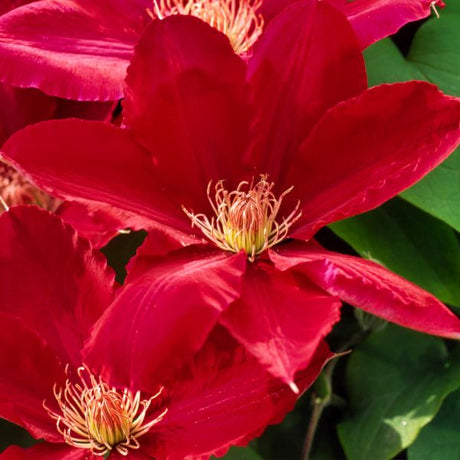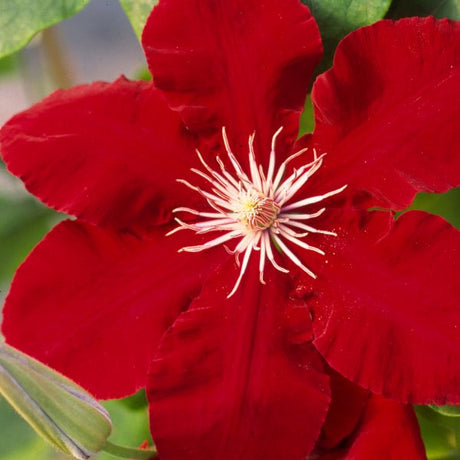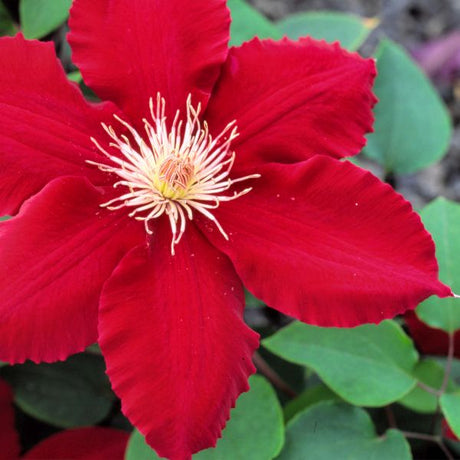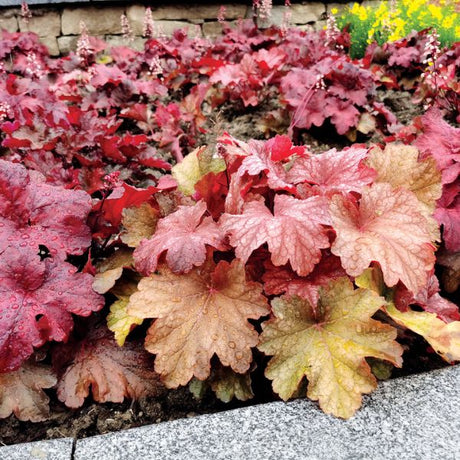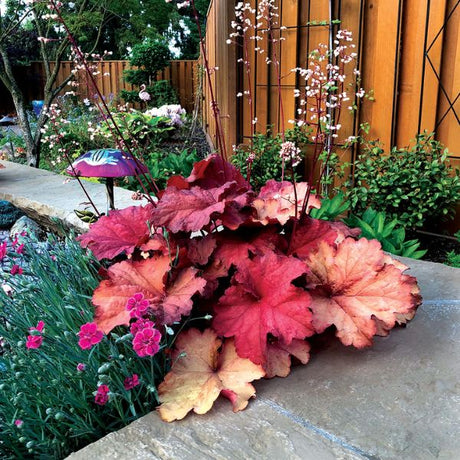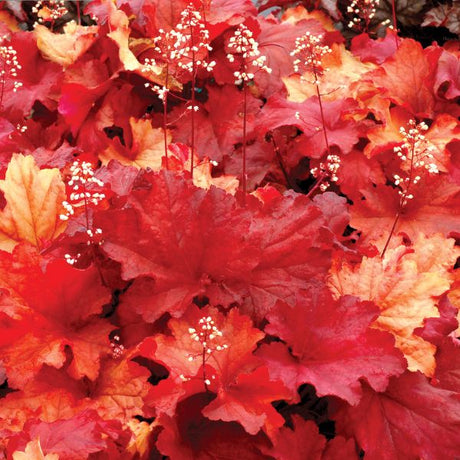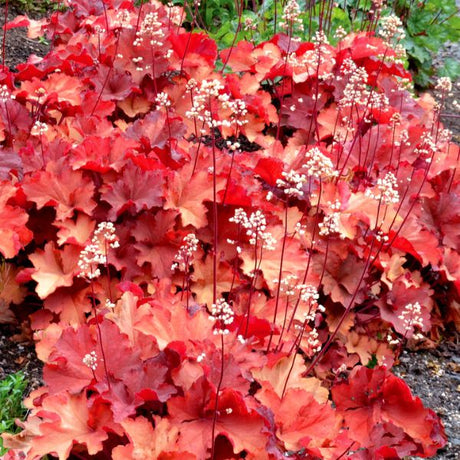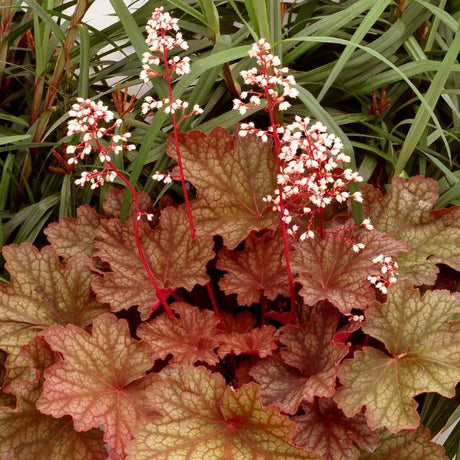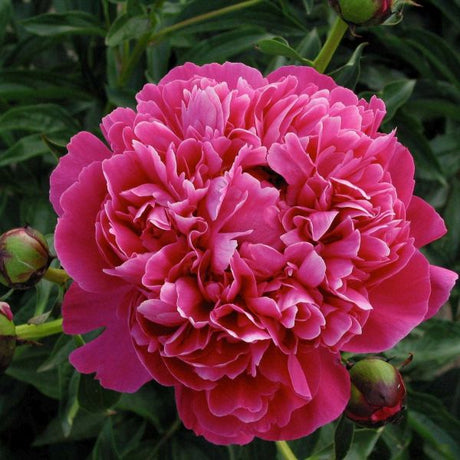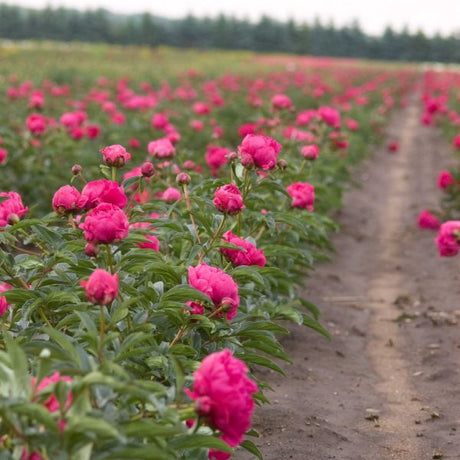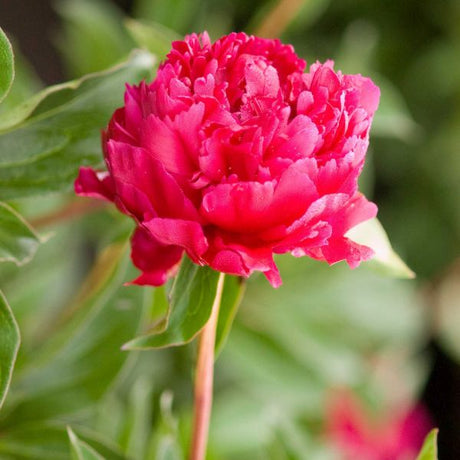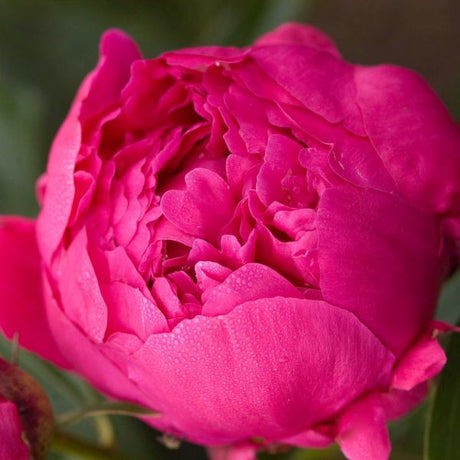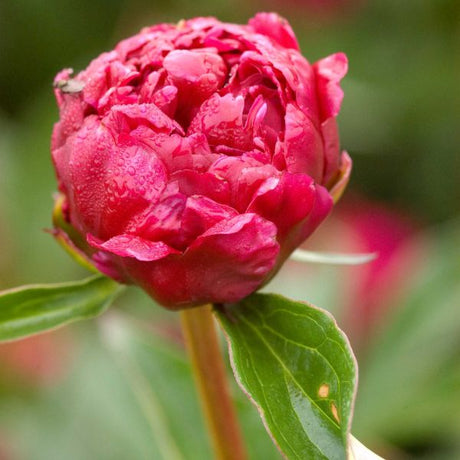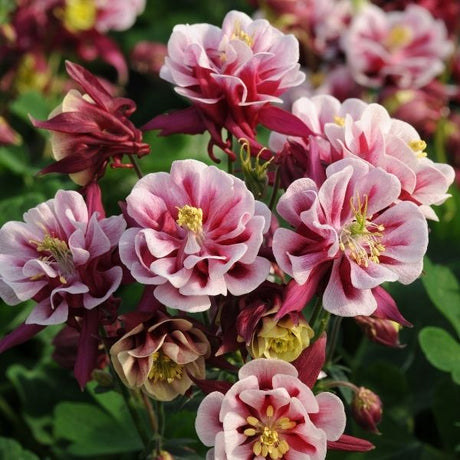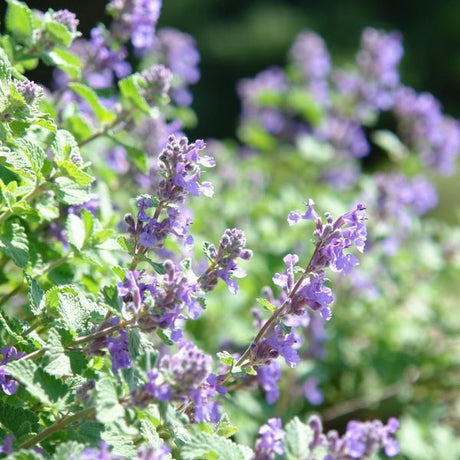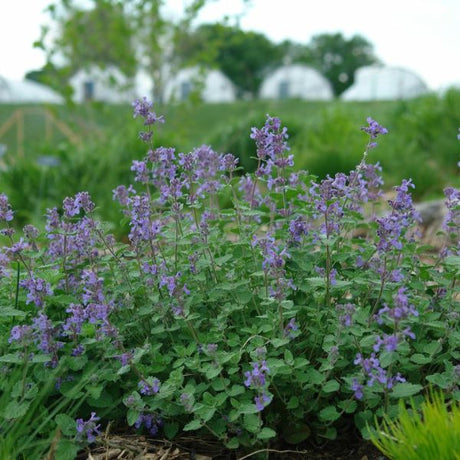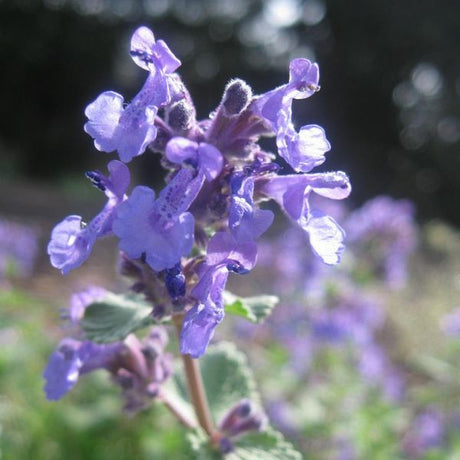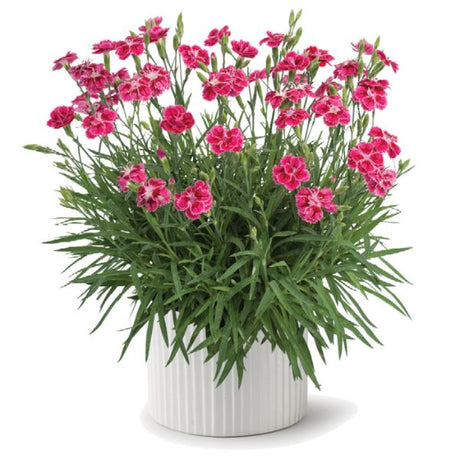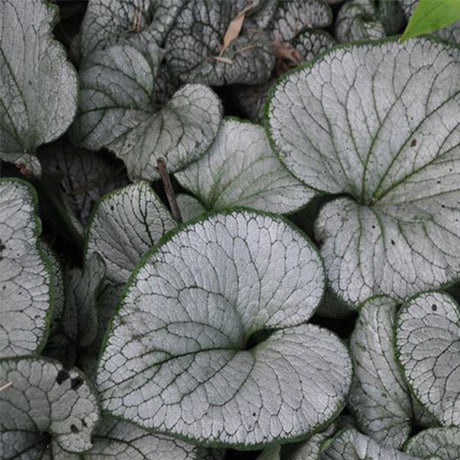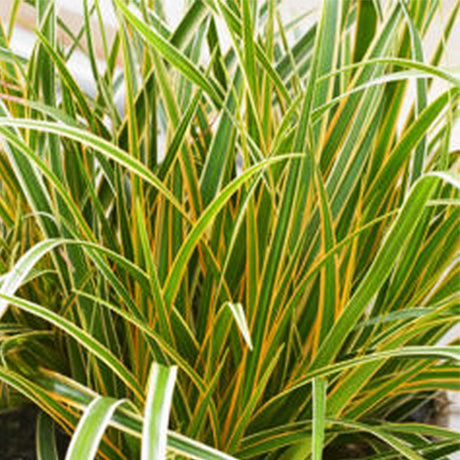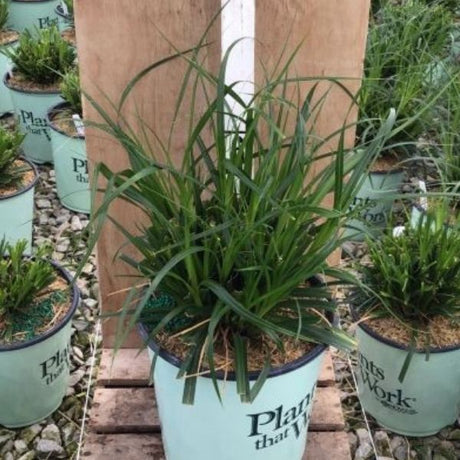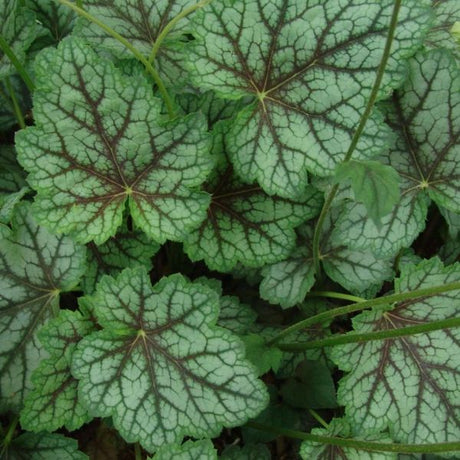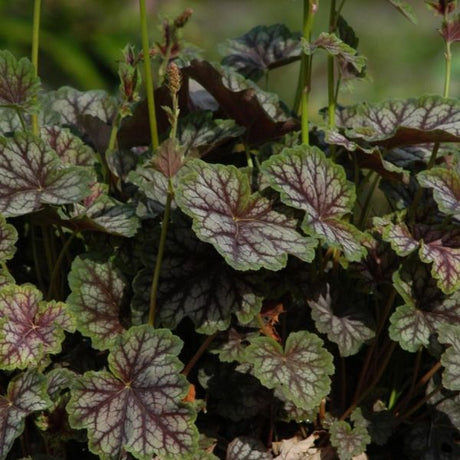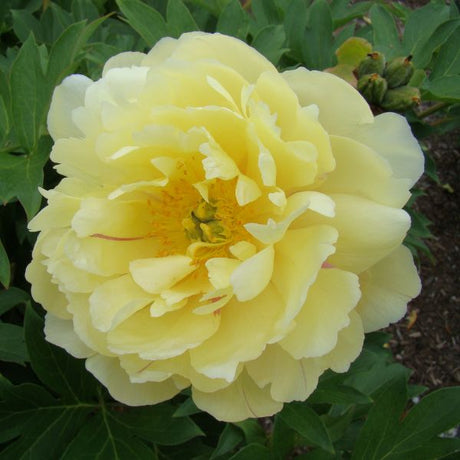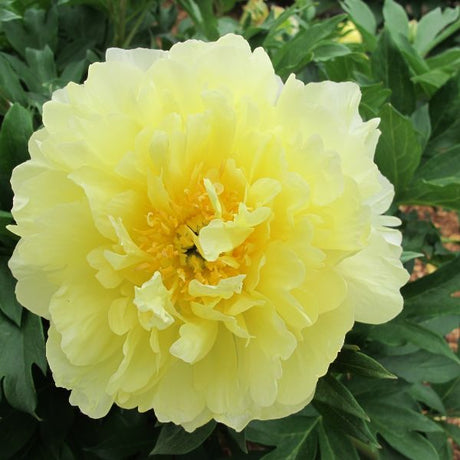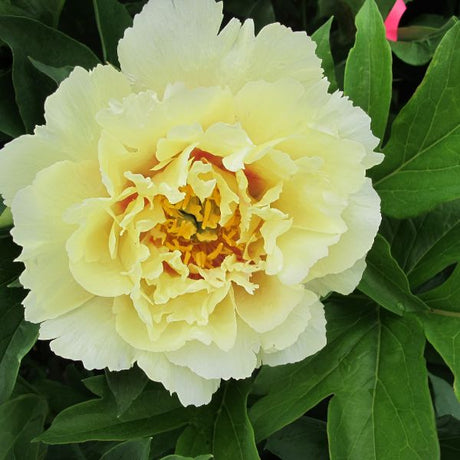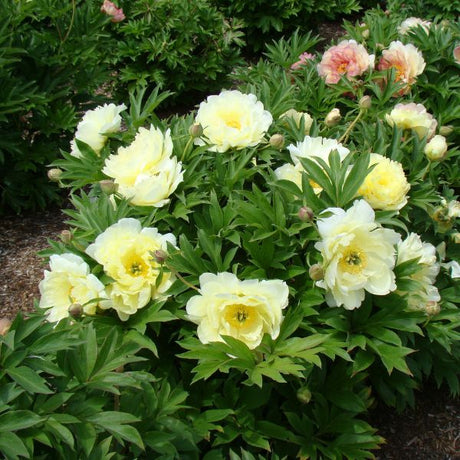EverColor® Everlime Variegated Sedge Grass
Carex oshimensis 'Everlime'
Regular price $3733Unit price /UnavailableRapido Blue Carpathian Bellflower
Campanula carpatica 'Rapido Blue'
Regular price $2988Unit price /UnavailableCarex pensylvanica
Sale price $3750 Regular price $3953Unit price /UnavailableEverColor® Everest™ Variegated Sedge Grass
Carex oshimensis 'Carfit01'
Regular price $3726Unit price /UnavailablePaeonia lactiflora 'Sarah Bernhardt'
Regular price From $7456Unit price /UnavailableLupinus polyphyllus 'Staircase Rose White'
Regular price $5028Unit price /UnavailablePaint The Town Fuchsia Dianthus
Dianthus x 'Paint the Town Fuchsia'
Regular price $3434Unit price /UnavailableGarden Candy™ Simply Scrumptious™ Itoh Peony
Paeonia x 'Simply Scrumptious'
Regular price $12103Unit price /UnavailableDecadence® Pink Truffles False Indigo
Baptisia 'Pink Truffles'
Regular price $4411Unit price /UnavailablePhlox subulata 'Scarlet Flame'
Regular price $2737Unit price /Unavailable- Up to 14% off
Bloomables Empire Ice Dragon Spirea
Spiraea japonica 'Iceconspir'
Sale price From $6017 Regular price $6982Unit price /Unavailable Garden Candy™ Double Bubble Pink™ Itoh Peony
Paeonia × Itoh ‘Smithopus3'
Regular price $13817Unit price /UnavailableAquilegia canadensis 'Little Lanterns'
Regular price $3043Unit price /UnavailableWinky Double Red & White Columbine
Aquilegia 'Double Red & White'
Sale price $2950 Regular price $3318Unit price /UnavailableDelilah™ Bicolor Magenta Dianthus
Dianthus plumarius ‘Bicolor Magenta’
Regular price $2952Unit price /UnavailableBrunnera macrophylla 'Silver Heart'
Regular price $4119Unit price /UnavailableEverColor® Everglow Sedge Grass
Carex morrowii 'Everglow'
Regular price $3231Unit price /UnavailableSpigelia marilandica 'Ragin Cajun'
Regular price $4381Unit price /UnavailableCarex oshimensis 'Ribbon Falls'
Regular price $3730Unit price /UnavailableGarden Candy™ Evie Jane Itoh Peony
Paeonia × Itoh ‘Smithopus7’
Regular price $13823Unit price /UnavailableGarden Candy™ Pineapple Fizz™ Itoh Peony
Paeonia x 'Smithopus4'
Regular price $12102Unit price /Unavailable
Spring Flowering Perennials Your Garden Needs

Shake off the winter blues and welcome the season of renewal with spring perennial flowers from Nature Hills Nursery. These tough, cold-hardy plants burst into bold blooms and lush foliage, creating waves of continuous color from early spring through fall. From fragrant blossoms to pollinator-friendly blooms, spring perennials are the cure for winter's gray days and the perfect start to a thriving landscape.
Why Choose Spring Perennials?
- A cheerful welcome sign that warmer weather is on the way
- Many perennial varieties bloom from early spring through late fall
- Layered, continuous color when paired with summer-blooming flowers
- Low-maintenance, hardy plants that come back year after year
- A wide selection from Ajuga groundcover to tall, airy Yarrow
- Essential nectar and pollen for bees and butterflies in early spring
Planning Your Spring Garden
Get a head start on garden success by ordering your spring perennials while in stock. Use our USDA Plant Hardiness Zone filters to browse flowers tailored for your region; simply enter your zip code above. Product pages include Plant Highlights and allow you to filter by bloom color, height, and sun exposure for easy shopping.
Sketch a quick garden layout to map out bloom sequence and planting locations. From single specimens to mass plantings of perennials, these spring bloomers make a bold statement but also extend bloom time across your landscape. Pair early-bloomers with summer annuals for nonstop color from March through frost!
What Perennials Bloom Early?
Depending on your growing zone, February and March gardens can already be alive with color. Early-blooming spring perennials include:
- Lenten Rose (Hellebore)
- Spurge Plants (Euphorbia)
- Dianthus
- Bergenia (Pig Squeak)
- Primrose (English Primrose)
- Pulmonaria (Lungwort)
- Winter Aconite
- Iris reticulata
What Perennials Can You Plant In Early Spring?

Plant these perennials in early spring and enjoy flowers in the same season:
- Ajuga (Bugleweed)
- Sea Thrift (Armeria)
- Lamium (Dead Nettle)
- Coral Bells (Heuchera)
- Astilbe
- Bleeding Heart (Dicentra)
- Columbine (Aquilegia)
- Creeping Phlox
- Wild Ginger
- Brunnera (Siberian Bugloss)
- Catmint (Nepeta)
- Sweet Woodruff
Why Shop Nature Hills?
- Safe, secure home delivery with planting instructions included
- Climate-smart shipping for your specific region
- Family-owned and trusted since 2001
- Expert #ProPlantTips and detailed Planting Guides
Shop our full collection of spring-flowering perennials today at Nature Hills Nursery and create a garden that blossoms with color, fragrance, and life this season!
FAQ's for Buying Spring Blooming Perennials Online
Which spring‑blooming perennials give the very first splash of color after winter?
Which spring‑blooming perennials give the very first splash of color after winter?
Plants that break dormancy at low soil temperatures—typically 40 °F—deliver the earliest flowers. Hellebores push buds through snow by late February in many zones because their thick evergreen leaves photosynthesize all winter, storing energy. Primroses and lungwort follow once frost leaves the top inch of soil; their short root systems warm quickly. Creeping phlox, candytuft, and rock cress open next on sun‑drenched slopes where shallow soils heat fastest. Selecting one or two of these “thermal opportunists” ensures color from the moment winter recedes, weeks before tulips appear.
How should I prepare soil and plant spring perennials so they establish before summer heat arrives?
How should I prepare soil and plant spring perennials so they establish before summer heat arrives?
1) Timing: Plant in early fall or very early spring; both windows provide cool air and warming soil—ideal for root growth without top‑growth stress. 2) Soil prep: Blend 2–3 in. of compost into the top 8–10 in. to improve drainage and nutrient retention; spring perennials dislike water‑logged crowns. 3) Placement: Set crowns level with finished grade to prevent rot yet avoid drought stress. 4) Mulch: Add a 2‑in. organic layer immediately to buffer freeze‑thaw cycles and conserve moisture. 5) Water: Irrigate to a depth of 6 in. whenever the top 2 in. dry until new leaves expand. This sequence—timing, amendment, correct depth, mulch, moisture—drives quick establishment before summer heat stalls root growth.
Do spring‑flowering perennials need pruning or division after they bloom?
Do spring‑flowering perennials need pruning or division after they bloom?
Many early flowers—bleeding heart, Virginia bluebells, Oriental poppy—are “ephemerals.” Their foliage yellows and disappears by midsummer. Allow leaves to photosynthesize until they yellow fully; then cut stems to ground level so adjacent plants can fill the gap. Clumping types (hosta, Siberian iris) benefit from division every 3–5 years: dig the clump in early fall or very early spring, slice into hand‑sized sections with vigorous buds, discard the woody center, and replant at the original depth. This renewal prevents crowding, rejuvenates bloom count, and maintains plant health.
Which spring perennials attract pollinators while remaining low‑maintenance for busy gardeners?
Which spring perennials attract pollinators while remaining low‑maintenance for busy gardeners?
Choose nectar‑rich natives that tolerate a range of soils: wild columbine supports early hummingbirds, while Penstemon digitalis feeds emerging bumblebees. Creeping phlox carpets slopes with bee‑magnet blooms and smothers weeds, reducing upkeep. Baptisia breaks dormancy early, needs no staking, and hosts specialist butterflies. Pairing these durable species provides critical early forage for pollinators and requires little more than an annual compost top‑dress and occasional division every decade.
How can I combine spring perennials with bulbs and later bloomers for seamless season‑long color?
How can I combine spring perennials with bulbs and later bloomers for seamless season‑long color?
Layer the canopy and the calendar. Start with minor bulbs (crocus, snowdrops) whose foliage matures by mid‑April. Plant low spring perennials—pulmonaria, primrose—around them; their expanding leaves hide bulb foliage as it fades. Intermingle mid‑height perennials (Nepeta, daylily) that pick up color in late spring, then weave taller summer stars (coneflower, rudbeckia) behind. Space plants so mature canopies just meet; this prevents gaps yet avoids overcrowding. By staggering both height and bloom time, the bed transitions smoothly from March through October without bare spots or abrupt color lulls.

